To handle the loading and unloading of granite slab, it is best to use an open top container. This type of container has a removable roof, which makes it easier to load and unload this material and ensures the transfer process takes place safely.
It is true that granite has strong and highly durable properties. Granite is also known for being heat resistant, chemical resistant, and water resistant. Even so, using wooden packing for granite slab or placing it on an A frame steel rack combined with straps, ratchet tie downs, and cross bracing, as well as securing it inside the container, is the best option to minimize any potential risks.
Speaking of granite slab, this natural material is popular for its beauty. It is commonly installed in kitchens, bathrooms, countertops, terraces, building facades, staircases, and building foundations.
Behind its popularity, granite slab is relatively expensive and the installation cost is also high. This is why loading, unloading, and shipping granite must be done carefully.
An open top container can provide protection for granite, both during loading and unloading and throughout the shipping process. In terms of size, open top containers are available in 20ft and 40ft units. The difference between these two sizes lies in their length. The 20ft open top measures 6.01 meters, while the 40ft open top measures 12.19 meters. The width of both 20ft and 40ft open top containers is the same, which is 8 feet or 2.438 meters. Based on height, the sizes are categorized into standard units with a height of 8 feet 6 inches or 2.591 meters and high cube units with a height of 9 feet 6 inches or 2.896 meters.
By knowing the size of 20ft and 40ft containers, you can adjust your container needs for transporting granite slab. The available lengths range from 7.9ft to 12.1ft or 2.41 meters to 3.60 meters. This means that transportation can be carried out using a 40ft open top unit.
If you need an open top container for loading and unloading granite slab, Tradecorp is ready to assist. Since 2014, Tradecorp has supported business operations and field projects by providing shipping containers, offshore DNV containers, ISO tank containers, modified containers, modular prefabricated buildings, and RapidFrame construction. For orders, fill out the online form available on the website https colon slash slash kontainerindonesia dot co dot id. Our team will then contact you.
If you still need more information about open top containers for transporting granite slab, continue reading the explanation below.
Daftar isi
Open-Top Container for Loading and Unloading Granite Slab
20ft Open Top Container
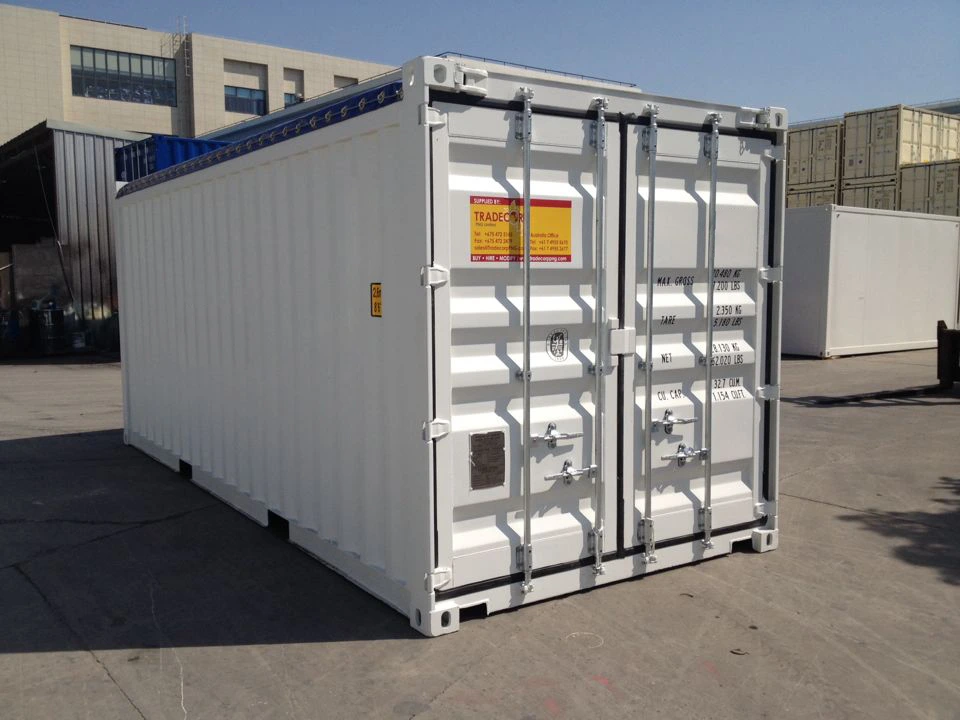
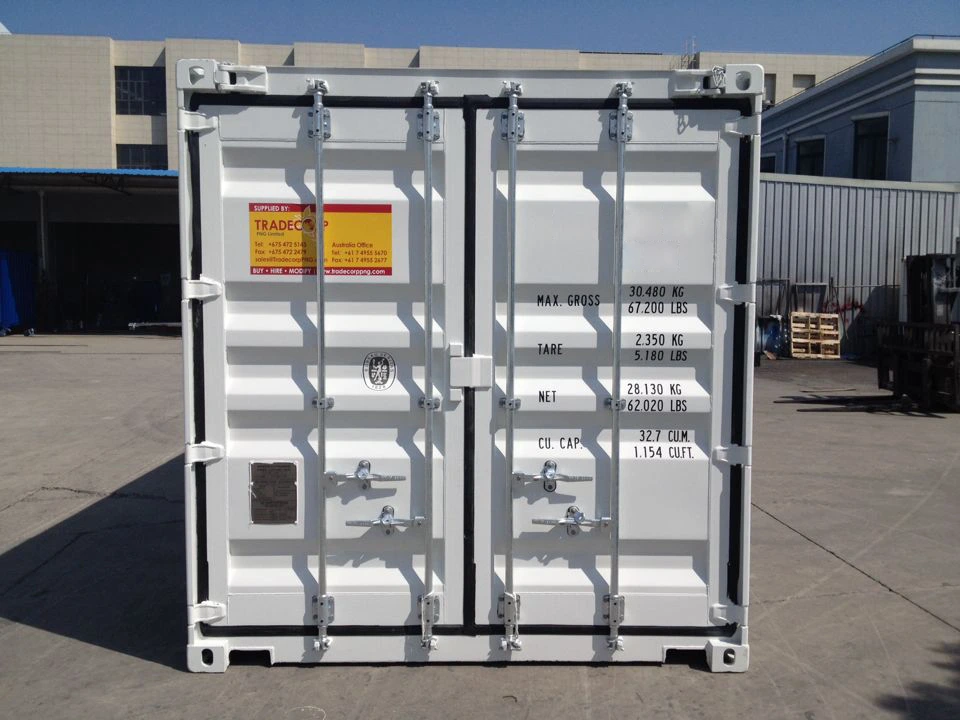
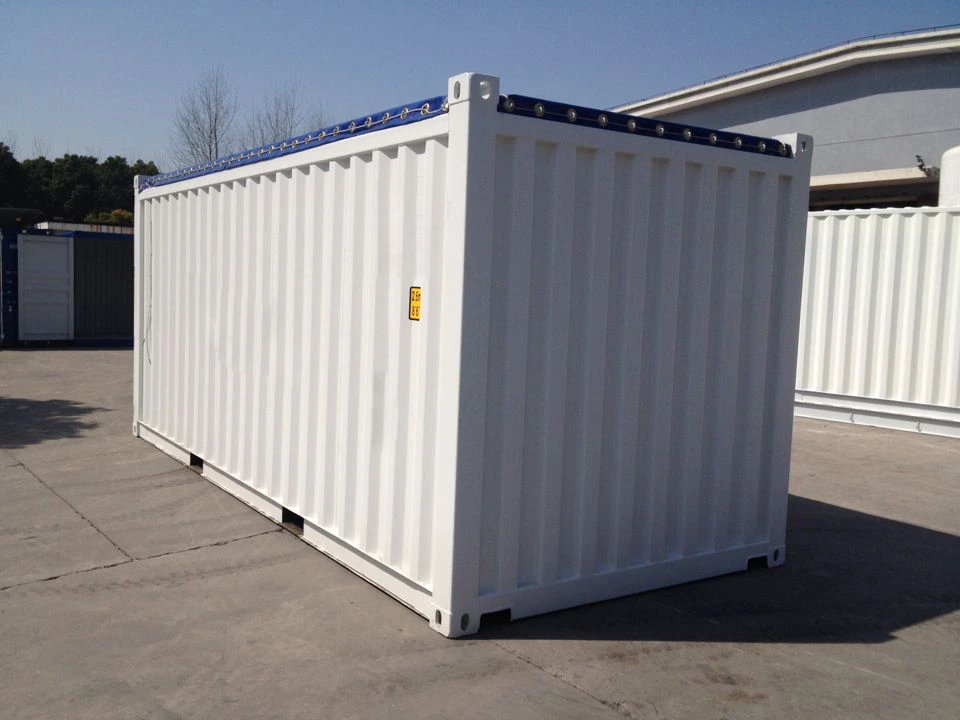
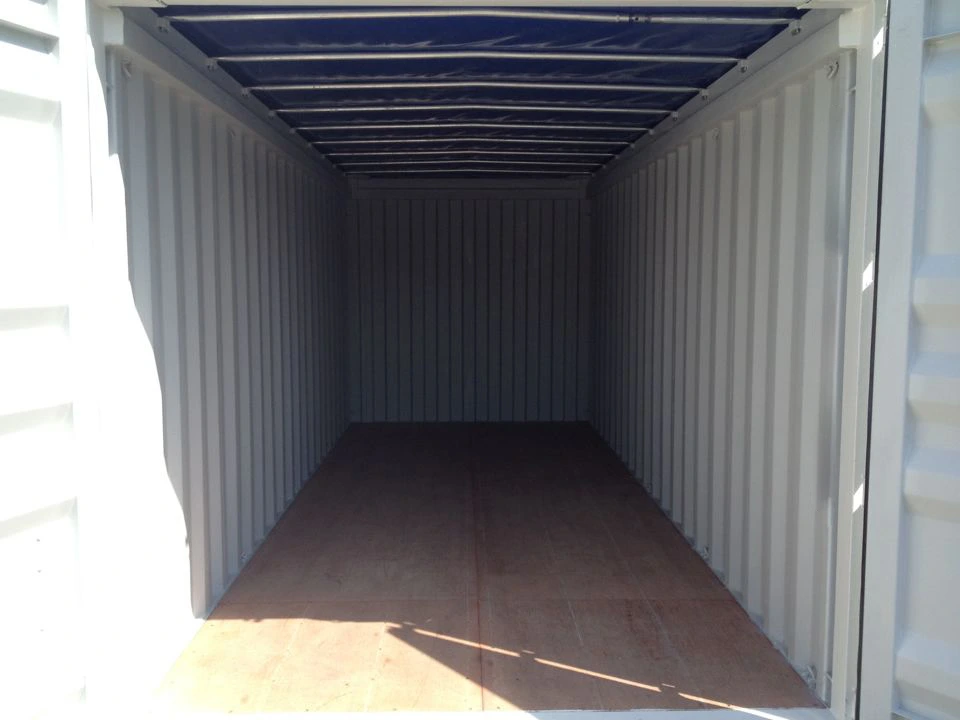
40ft Open Top Container
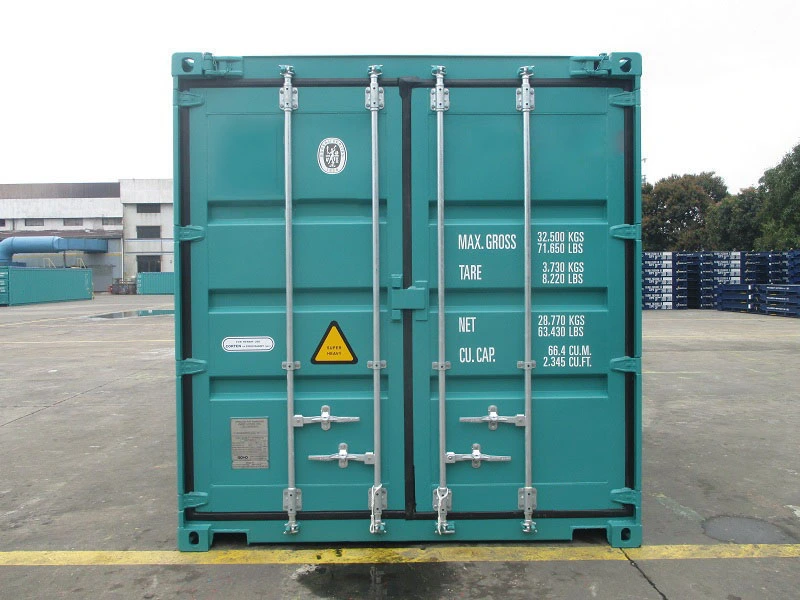
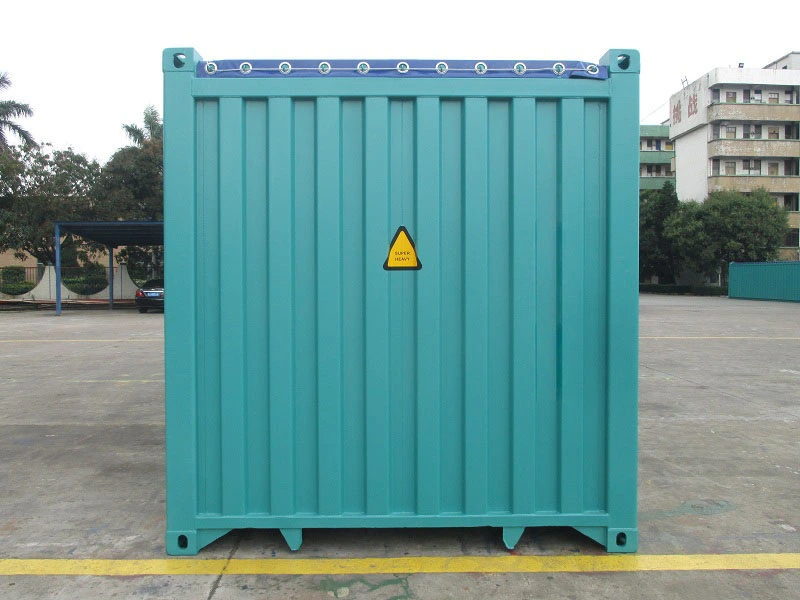
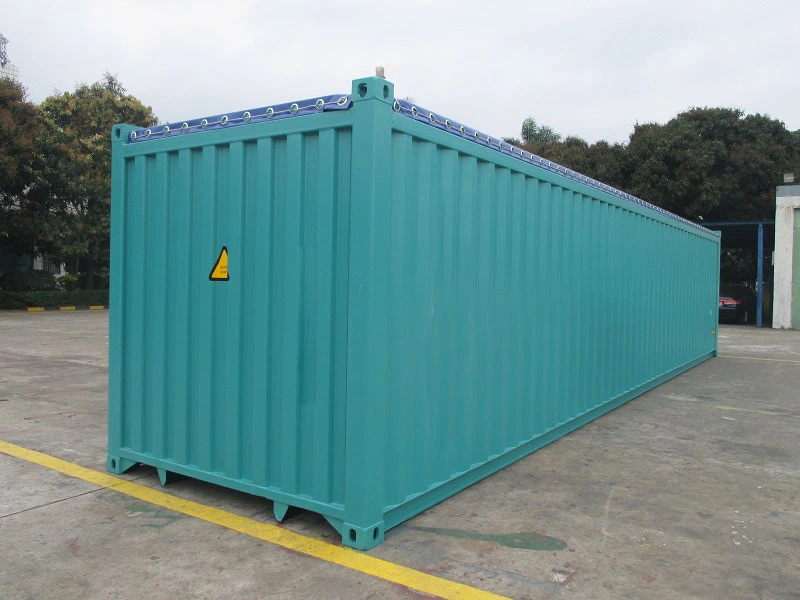
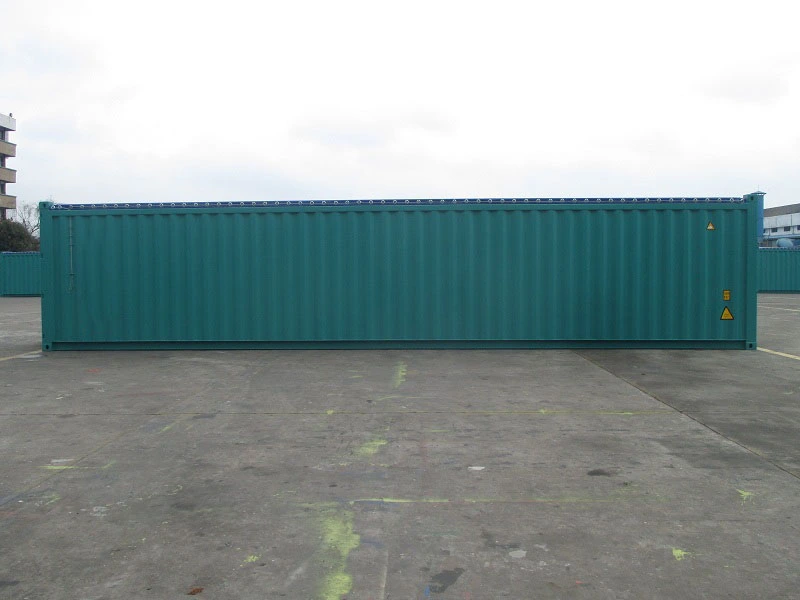
Open-Top Container Sizes and Specifications
20ft Open Top Container
|
Specification |
Detail |
| Length x Width x Height (Meters) | 6.058 x 2.438 x 2.591 meters |
| Max. Gross Weight | 30,480 kg |
| Net | 28,130 kg |
| Tare | 2,350 kg |
| Cu. Cap. | 32.7 cubic meters |
40ft Open Top Container
|
Specification |
Detail |
| Length x Width x Height (Meters) | 12.192 x 2.438 x 2.591 meters |
| Maximum Gross Weight (M.G.W) | 32.500 kg |
| Maximum Payload (Net) | 28.770 kg |
| Tare | 3.730 kg |
| Cu. Cap. | 66,4 cubic meters |
Advantages of Open-Top Container
Compared to a general purpose container, an open top container offers several advantages that make it an ideal solution for transporting large, tall, or heavy cargo. What are these advantages?
1. More Efficient Loading and Unloading Process
With its removable roof, the cargo can be lifted vertically using a crane. Access from the top makes it easier to handle large or irregularly shaped items that are difficult to load through the front doors of the container.
2. Suitable for Industrial Cargo and Construction Materials
Open top containers are designed to accommodate heavy machinery, steel frames, large industrial components, and construction materials such as beams, marble, granite slab, and steel pipes. The wide vertical access allows secure placement of the cargo without the need to tilt or dismantle its packaging.
3. More Flexible Transfer Access
Aside from the open top, some open top containers are also equipped with an additional front door, providing flexible horizontal access. The combination of vertical and horizontal access increases speed and efficiency during loading and unloading operations.
4. Maximized Cargo Capacity
The removable roof allows the interior space of the container to be used optimally. Tall cargo can be loaded without compromising stability or safety throughout the journey.
5. Versatile for Various Operational Needs
Due to its flexibility, open top containers are widely used in the construction, manufacturing, agriculture, and maritime logistics industries. One container unit can be used for various types of cargo without requiring special modifications.
6. Still Protected With Additional Cover
Even though the structure is open on top after loading is completed, the container can still be protected using a hard top or soft top cover. This cover helps shield the cargo from rain, dust, and extreme weather exposure during transportation.
How to Load and Unload Granite Slab in a Container
The loading and unloading process of granite slab requires careful calculation and precision due to the large size and heavy weight of each slab. To ensure operator safety and maintain the slab’s condition, the following recommended procedures should be followed when loading and unloading granite slab using an open top container.
1. Use an Overhead Crane for Safe Vertical Access
The safest method to load or unload granite slab into an open top container is to use an overhead crane. Access from the top allows the slabs to be lifted vertically without tilting or forcing them through the narrow container doors.
2. Unloading Procedure for Granite Slab from the Container
a. Ensure a Safe Working Area
- Clear the area around the container from obstacles, tools, and forklift traffic.
- Make sure operators stand in a safe zone and no personnel enters the container.
b. Inspect the Condition of the Cargo
- Ensure the slabs are not packed too tightly, not touching the side walls, and show no cracks.
- Check that the tie down straps remain secured before the lifting process begins.
c. Position the Crane and Rigging Precisely
- The crane operator positions the lifting slings, hooks, or slab clamps directly above the A-frame or slab bundle.
- Lift slightly to tighten the slings, then cut or release the tie down straps holding the slab.
d. Lift Slowly and Smoothly
- Raise the slab steadily without sudden movements to prevent swaying.
- Move the slab to the prepared A-frame or storage area with an even, stable surface.
3. Loading Procedure for Granite Slab into the Container
a. Check Lifting Equipment and Container Access
- Ensure the crane and forklift are in optimal working condition.
- Make sure the A-frame or rack has been placed inside the container beforehand.
b. Moving the Slab to the A-Frame
- Use a crane or a forklift with a slab lifting attachment to lift the slab vertically.
- Place the slabs on the left and right sides of the A-frame evenly to maintain stability.
c. Securing the Cargo
- Use ratchet tie downs, safety straps, and cross bracing to prevent the slabs from shifting during transport.
- Ensure no part of the slab touches the container walls directly.
d. Final Check Before Shipment
- Ensure the A-frame is locked securely to the container floor.
- Make sure all straps are tight and no loose objects remain inside.
- Close the container with a hard top or soft top cover for weather protection.












